|
"The Obscure Features Hypothesis in Design Innovation" This paper shows the BrainSwarming platform's at work on engineering problems (e.g., automated window washers for high rise buildings).
BrainSwarming was initially called Cahoots. "Cahoots: A Software Platform for Enhancing Innovation and Facilitating Situation Transfer"
"An Approach to Human-Machine Collaboration in Innovation" This paper contains the first mathematical proof that there is a limit to how creative a computer can be. The set of features of an object cannot be completely listed out by machine, so a computer cannot there is a limit to how creative a computer can be with an object. Every innovation is based upon at least one rarely-noticed or completely new feature of an object (Obscure Features Hypothesis). The paper then goes on to rigorously define the BrainSwarming grammar and its bi-directional networks (Bi-Nets) that hold the key to powerful collaborative problem solving.
"A Visual Representation to Quantitate, Diagnose, and Improve Creativity in Insight Problem Solving" 22 new quantifiable measures help diagnose an individual or team's creative weaknesses. Each measure leads to a prescription for how to overcome the weakness. The BrainSwarming graph engages in these measures and then prescribes and guides its users to overcome them.
Harvard Business Review (HBR) video: "Why we can't see solutions in plain sight?" HBR Video: "BrainSwarming: Because brainstorming doesn't work" HBR Article: "Find Innovation Where You Least Expect it" "Human-AI Synergy in Creativity and Innovation" (Journal Article) Super-Creativity is a state of optimal creative flow that an individual or a team can enter into. It occurs when all obstacles to creativity have been removed during the solving of a problem. The main obstacles to creative problem solving are presented in the pyramid below, along with the names of their successful counter-techniques. An Aha Moment is the briefest state of Super-Creativity and will only last a moment or two. Longer states, however, are possible, and prolific inventors such as Shunpei Kamazaki, Thomas Edison, Nikola Tesla, and Jerome Lemelson could be described as maintaining this state of optimal creative flow, or super-creativity, for longer periods of time. Superconductivity is analogous to Super-Creativity. In superconductivity, all resistance to the flow of electricity is gone. In super-creativity, all obstacles to creativity have been removed opening a temporary state of optimal creative flow. With today's deeper understanding of the obstacles to creativity and how to counter them, we can engineer a graphical representation called a BrainSwarming graph that contains the information needed for novel solutions to be found. This creativity-rich information has been gleaned by counteracting the major obstacles to creativity using highly effective counter techniques. The main obstacles and their counter techniques are briefly described below in order from the bottom of the pyramid to the top. A longer presentation is available in the following research article: McCaffrey, T., & Krishnamurty, S. (2014). The Obscure Features Hypothesis in design innovation. International Journal of Design Creativity and Innovation, 1-28. Main Obstacles to Creativity and Their Counter Techniques Functional Fixedness occurs when you fixate on a thing's common use, which inhibits your ability to create new uses for it. For example, a screwdriver could also be used as a piece of metal to complete a circuit, as a lever, as something to stab something with, as a buoy (plastic handle will float), etc. The Generic Parts Technique counteracts functional fixedness by systematically breaking each thing down into its parts are carefully describing each part generically in terms of its size, shape, and material. Design Fixation occurs when you are trying to create a novel design for something, say a smart phone case, but you fixate on the features of the designs you have already seen. If you study all your competitors' phone cases, your phone case design will inevitably borrow some of the major features of your competitors. It is somewhat like hearing the phrase a pink elephant and trying not to think of a pink elephant. The Feature Type Spectrum, a US patented algorithm, effectively overcomes design fixation. Analogy Blindness is the difficulty humans have of noticing that a solution from a different domain could be adapted to the current problem at hand. For example, when a ski company tried to reduce vibrations in their skis at high speeds, it was very difficult to notice that a solution from violin construction, which reduced the vibrations of the violin's neck, could be easily adapted to the ski problem. CMoreNow.com, a US patented algorithm, takes a problem description as an input and finds novel, highly plausible solutions to the problem from distant fields and domains. Assumption Blindness is an obliviousness to the assumptions hidden behind the statement of a goal. The technique, 50 Hiding Places, articulates a systematic process to uncover 50 different types of assumptions that you are making based on the way your are phrasing your goal. Goal Fixedness means that people generally stay very close to the way that the problem's goal was originally given to them. Crawling up to the more general versions of the verb (hypernyms) in the goal phrase and crawling down to the more specific versions of the verb (hyponyms) greatly broadens ones understanding of the many ways that the goal could be achieved. WordNet from Princeton University and CMoreNow.com are great resources to use to perform synonym crawling. Whole Solution Bias means that people tend to share a complete solution or a nearly complete solution. Those complete solutions conceal many assumptions and alternatives. Breaking down a whole solution into small contributions, or what Michael Nielsen calls micro-contributions, is crucial. If you do not get down to micro-contributions, you will not get to new ideas. You will only repeat your pre-conceived ideas. While the above obstacles generally apply to individuals, the following two obstacles apply directly to groups. Homegeneity of a team greatly hinders creativity. It is well established that diversity across many dimensions (including gender, race, ethnicity, fields of expertise, introverts and extroverts, etc.) can increase the creativity of the group. Lack of Proper Collaboration: BrainSwarming has been carefully crafted to allow diverse kinds of people to create together well either in person or remotely online. A Harvard Business Review video explains BrainSwarming and contrasts it with brainstorming. Goal: To learn the geometry needed in order for a fun, fictional company to build architecture for their land. Geo: A Geological, Geographical, Geometrical World Given a landscape, players decide how to tesselate the land into equal plots using a geometric shape so the land can be divided in an interesting an fair manner. The players then zone the land into residential, recreational, and commercial areas. Each player gets a plot of residential land for their own use. Each player designs their plot to their liking through sketches and drawings. GeoBuilders: The Company Each player works at GeoBuilders, an architectural and construction company. The company is located in a commercially zoned area. The company designs and then builds for all three areas: residential, commercial, and recreational. Potential clients come to GeoBuilders with plans containing geometric specifications. The players must prove that the design they propose meets the client's geometric specifications. To meet the highest safety and quality standards, construction of a design is begun only after all design specifications have been proven to be met. For example, a client has carved out a rectangular sub-plot on their property and they want a triangular building constructed that takes up exactly half the rectangular sub-plot and leaves room in the sub-plot on exactly two sides of the triangular building. How would you position the triangular building in the rectangular sub-plot and how would prove that it takes up exactly half of the sub-plot? The Wisdomary (The Library) All accumlated knowledge of GeoBuilders is kept in a room called the Wisdomary. In the Wisdomary resides five cherished books that an employee regularly updates. Players can propose additions to any of these books at any time. The Book of Questions: Interesting questions about geometry and problems of Geo that geometry may improve are written in this book.
The Book of Hypotheses: If one of the questions from The Book of Questions is carefully examined by a player and an educated guess made, this question and educated guess are written in The Book of Hypotheses. The Book of Conjectures: If one of the hypotheses from The Book of Hypotheses has been tested out with many cases and thus seems true, the hypothesis and tested cases are written in The Book of Conjectures. The Book of Proofs: If one of the conjectures from The Book of Conjectures is proven to be true, the conjecture and proof are written in The Book of Proofs. The Book of Applications: If a new application is found for a proven truth in The Book of Proofs, the application is written in The Book of Applications. Company celebrations are held for additions to the last two books: The Book of Proofs and The Book of Applications. The Mayor of Geo The Mayor prepares and organizes the game and guides the continuity of events, especially the sequence of construction proposals from clients. The Mayor teaches the relevant geometry to the players so they can design the increasingly sophisticated specifications proposed by their clients. Goal: To learn the math needed in order for a fun, fictional world to operate as it progresses from a simple barter economy to a money-based economy with a centralized, tax-based government. Skellig: A World of Islands Each player gets an island, or skellig--using an Irish word. Each player names their island and designs the island to their liking through sketches and drawings. Each player selects or creates an animal and a plant as their contribution to the barter economy. They will raise the animal either as livestock for food (e.g., goats) or as pets for sale (e.g., dogs). They will raise the plant as a crop to sell for either food (e.g., spinach) or decor (e.g., roses). A central, larger island called Communio is used for gatherings and other functions: market, theater, post office, library (the Wisdomary), etc. The island world of Skellig is inspired by The Wizard of Earthsea (see illustration). Health: The Driving Force of the Economy Players must eat a balanced diet to maintain their health, as measured by health points. They barter their products at the market and quickly discover that mathematically they need to use ratios, as a goat is probably worth three chickens and a chicken is probably worth 20 tomatoes--for example. Good Math Improves Lives. Bad Math Kills! Problems arise on Skellig that math can solve. For example, what is the most efficient route for the mail-deliverer to take when traveling among all the islands? Good math can improve the mail-deliverer's life. If someone does not eat a balanced diet, their health points could go to zero. Bad Math Skills Kill! If a bridge built between two islands is not strong enough, residents can die. Bad Math Kills! The Wisdomary (The Library) In the Wisdomary resides five cherished books that a scribe regularly updates. Residents of Skellig can suggest additions to any of these books at any time. The Book of Questions: Interesting questions about math and problems of Skellig that math may improve are written in this book.
The Book of Hypotheses: If one of the questions from The Book of Questions is carefully examined by a player and an educated guess made, this question and educated guess are written in The Book of Hypotheses. The Book of Conjectures: If one of the hypotheses from The Book of Hypotheses has been tested out with many cases and thus seems true, the hypothesis and tested cases are written in The Book of Conjectures. The Book of Proofs: If one of the conjectures from The Book of Conjectures is proven to hold for all numbers or proven to be universally true, the conjecture and proof are written in The Book of Proofs. The Book of Applications: If a new application is found for a conjecture in The Book of Conjectures or a proven truth in The Book of Proofs, the application is written in The Book of Applications. Communal celebrations are held for additions to the last three books: The Book of Conjectures, The Book of Proofs, and The Book of Applications. The Mayor of the Islands (the Skelligmeister) The Skelligmeister prepares and organizes the game and guides the continuity of events. The Skelligmeister teaches the relevant math to the players so they can be productive citizens in Skellig. Players refer to the Skelligmeister by the title Meister. |
Tony McCaffreyInnovation Researcher, College Professor, Entrepreneur Categories
All
Archives
June 2020
|
||||||||||||||||||||||||
| Aha Universe |
|
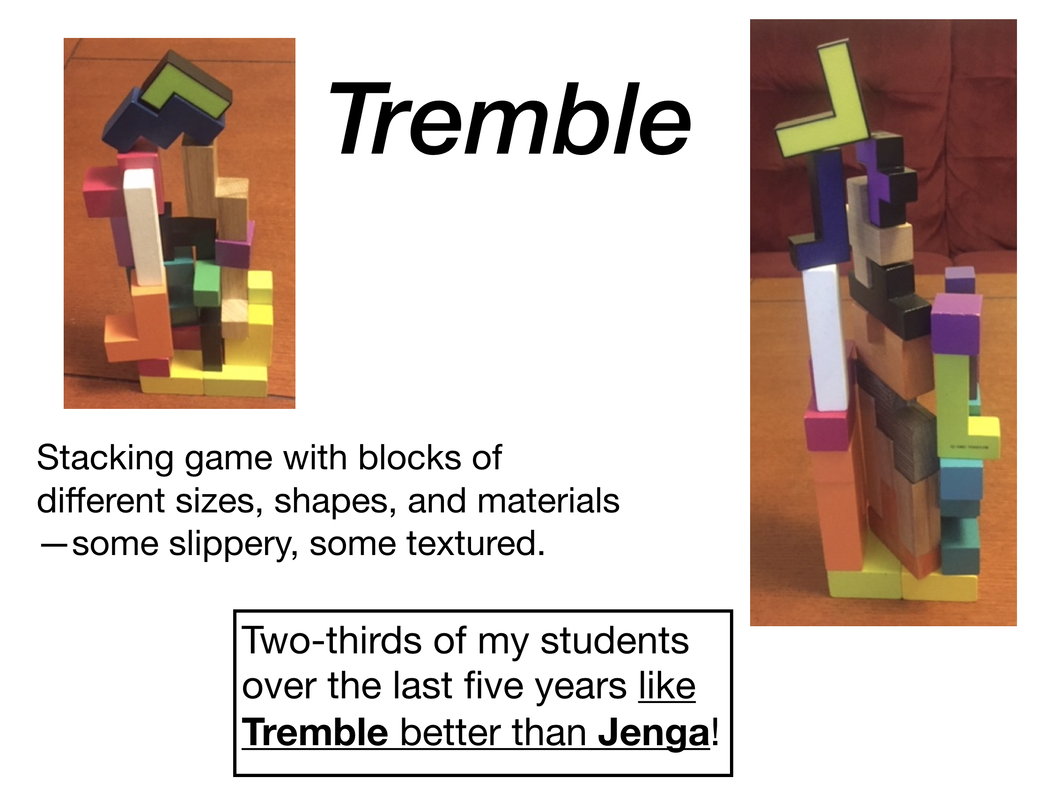
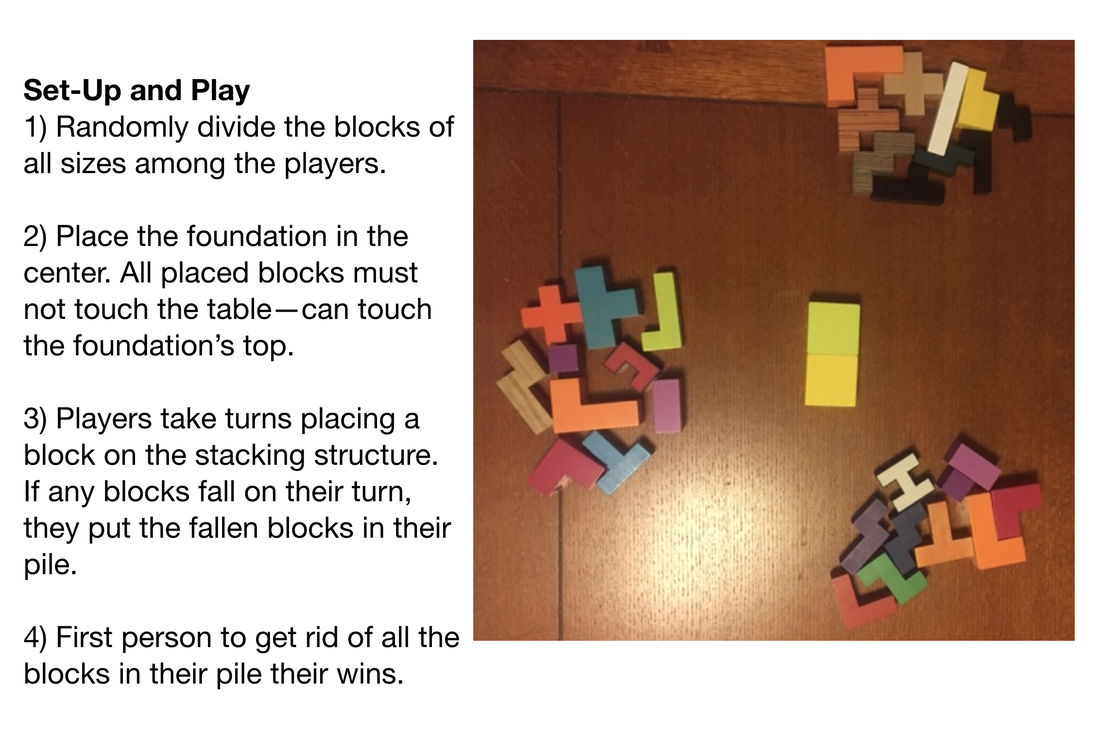
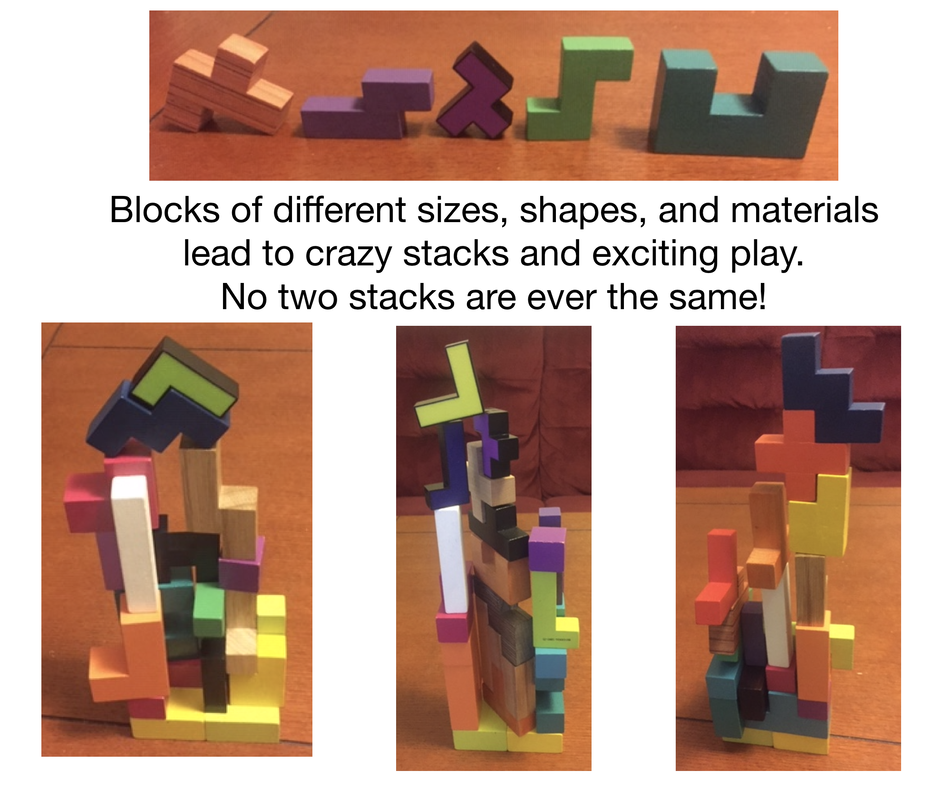
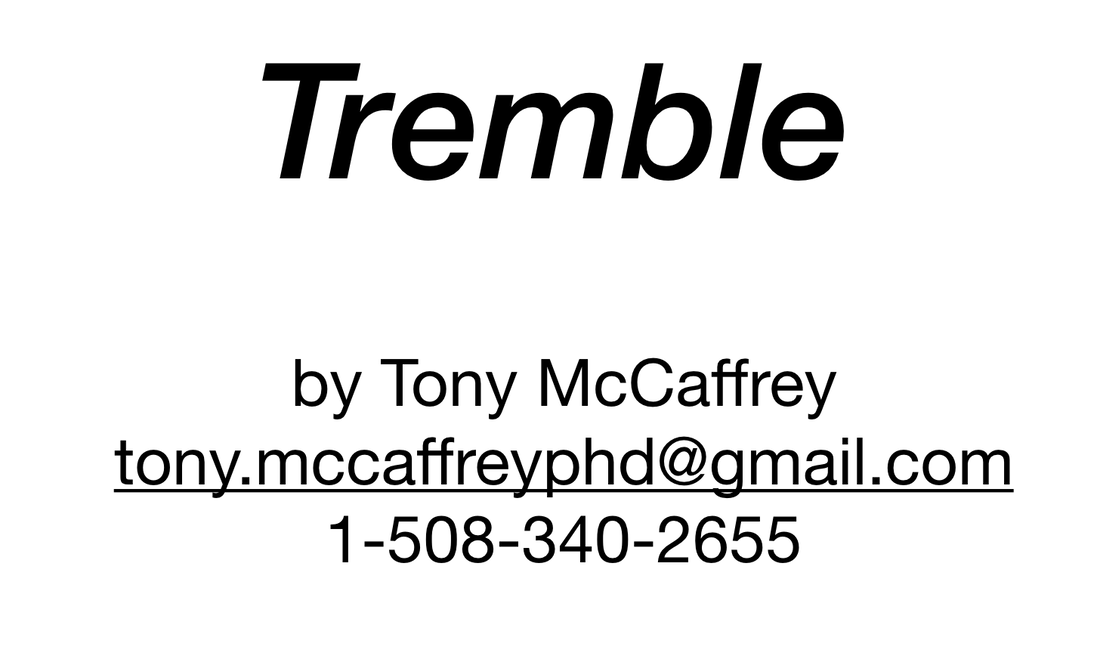
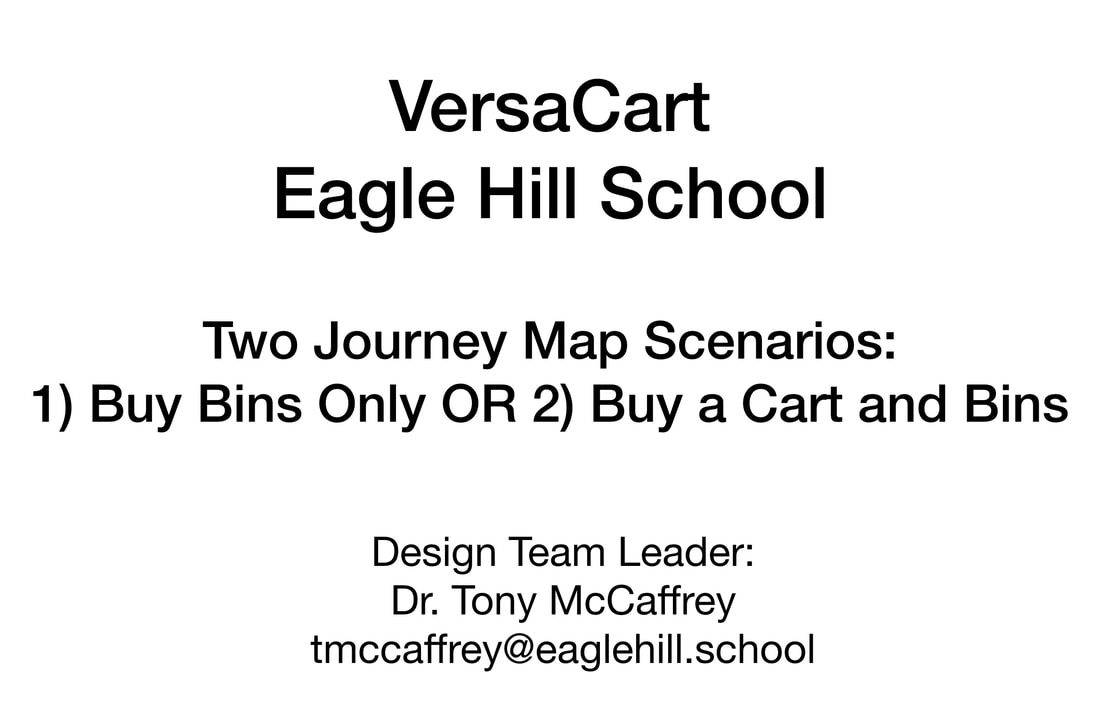
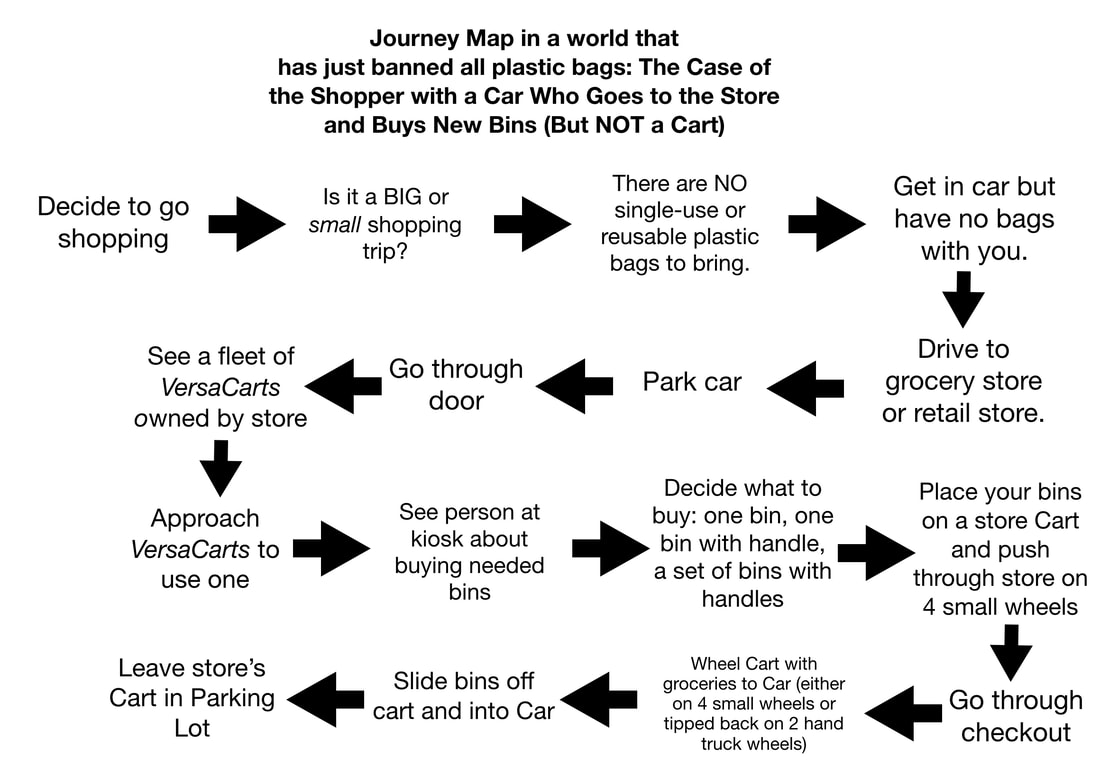
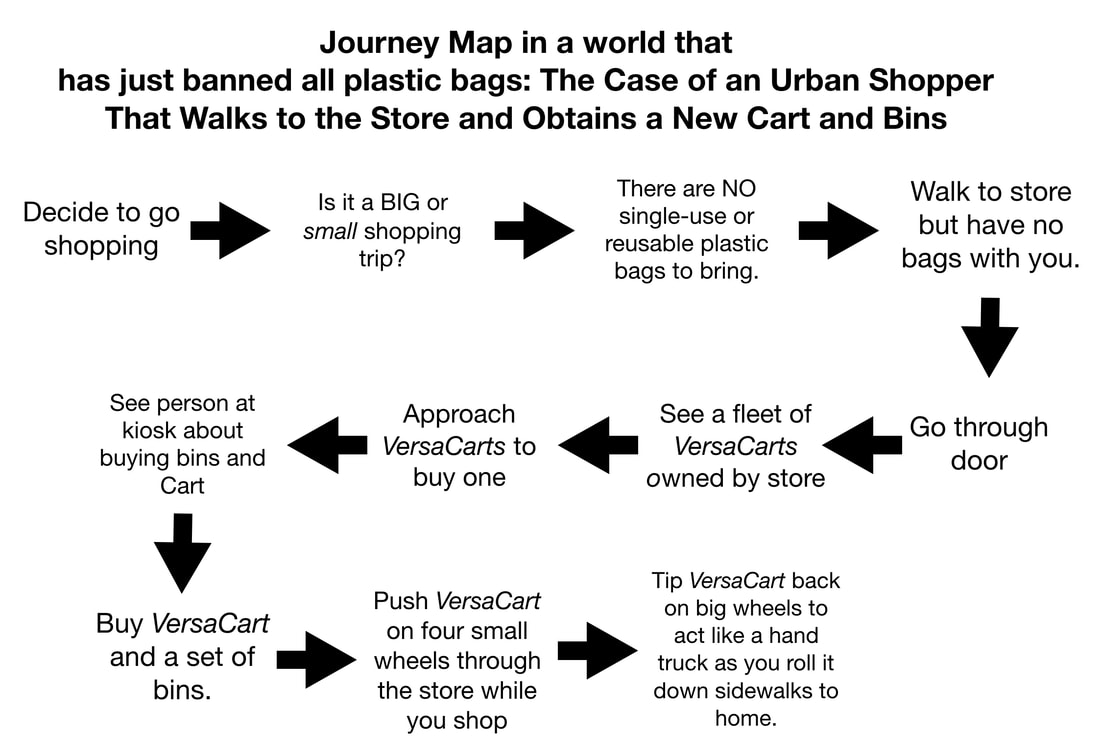
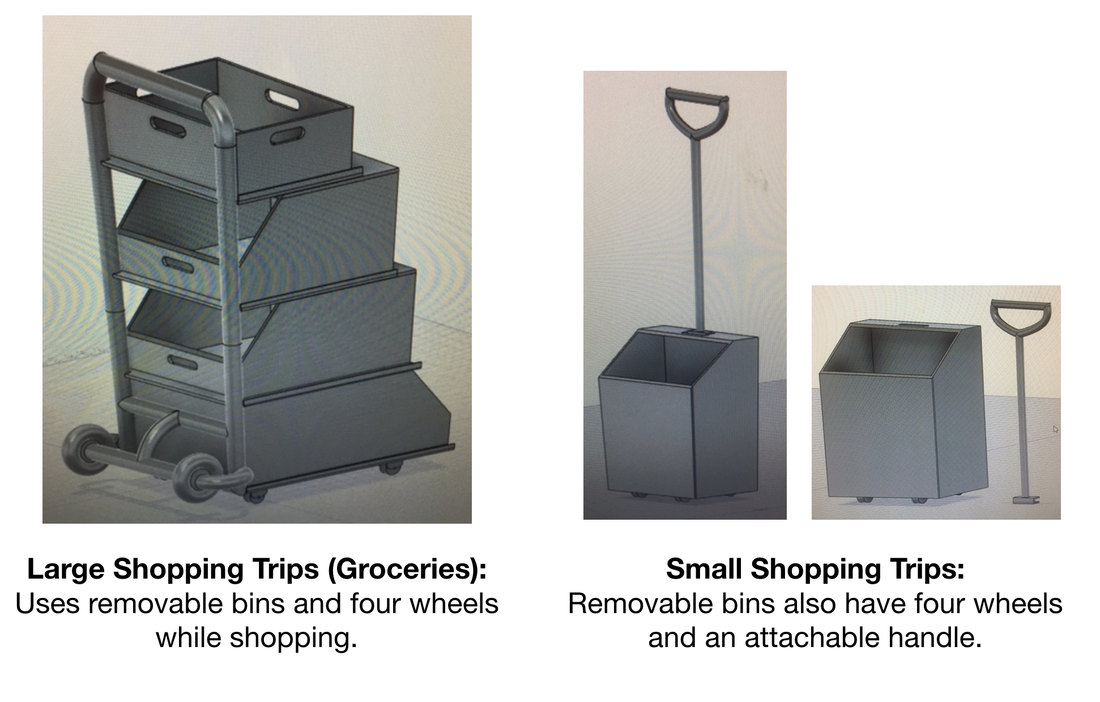

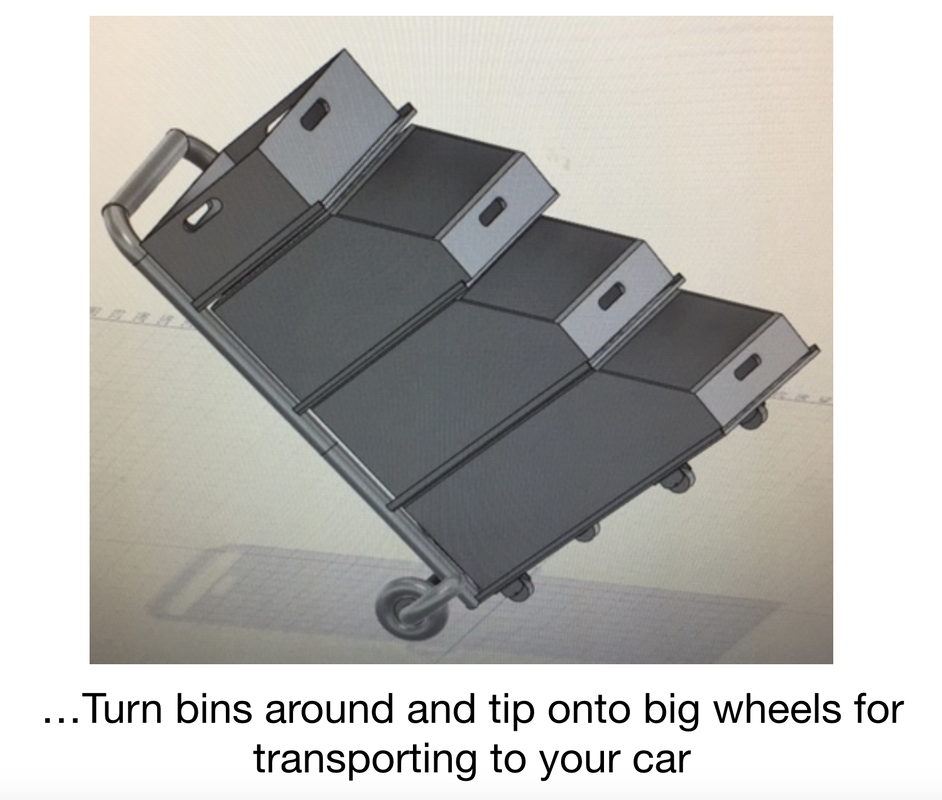
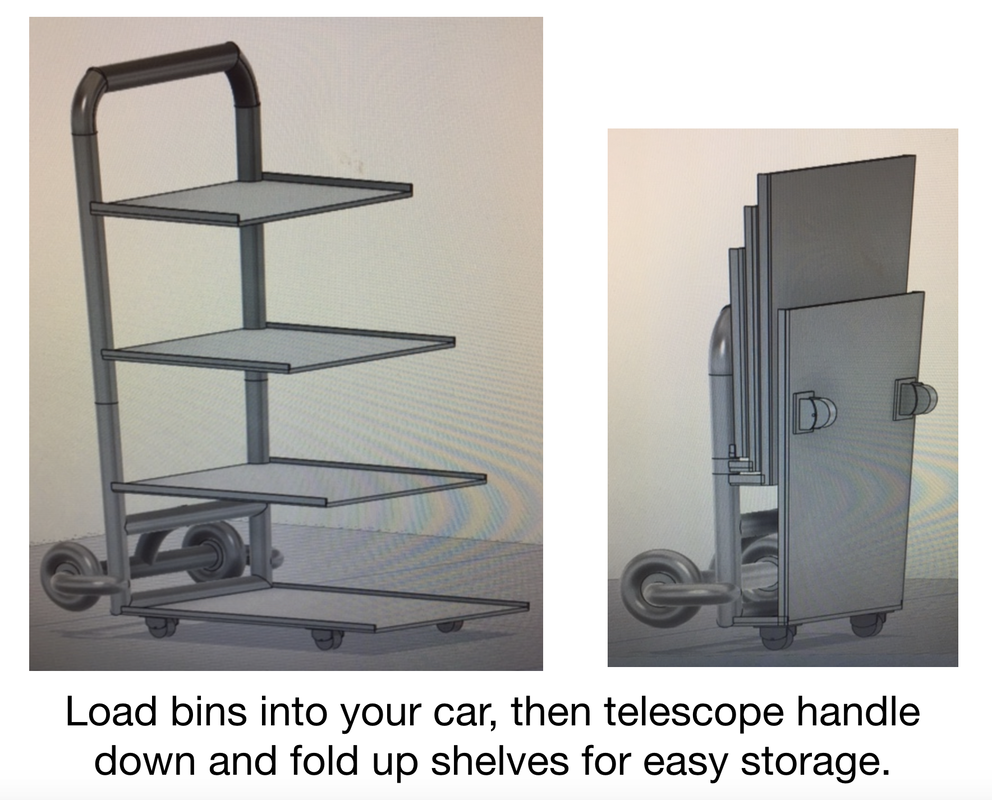
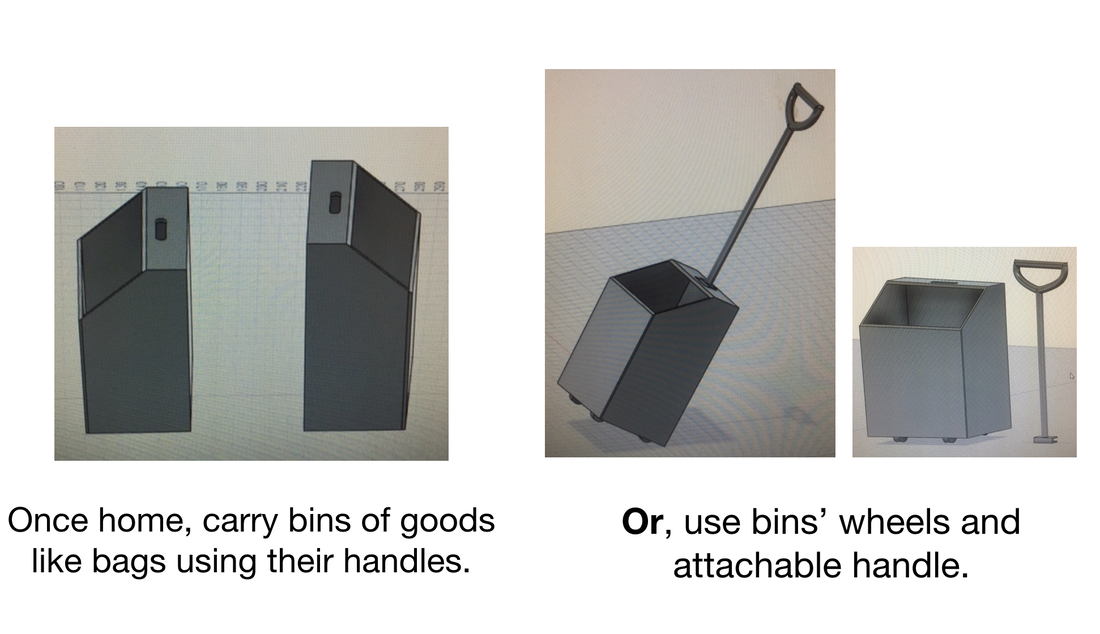
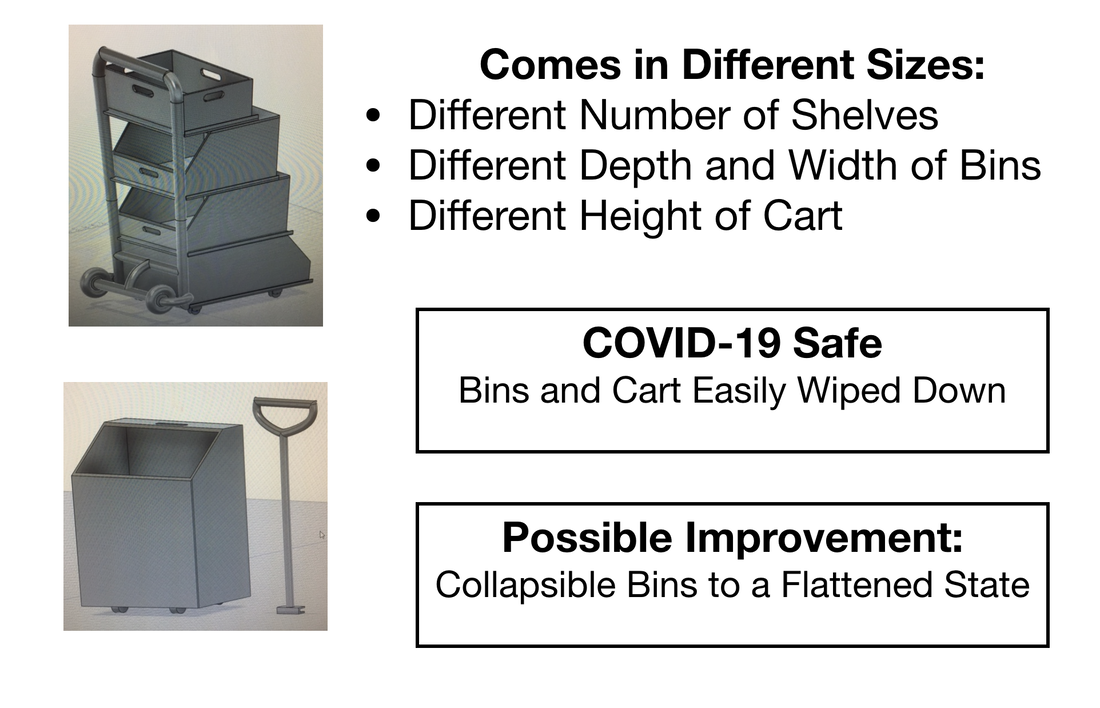
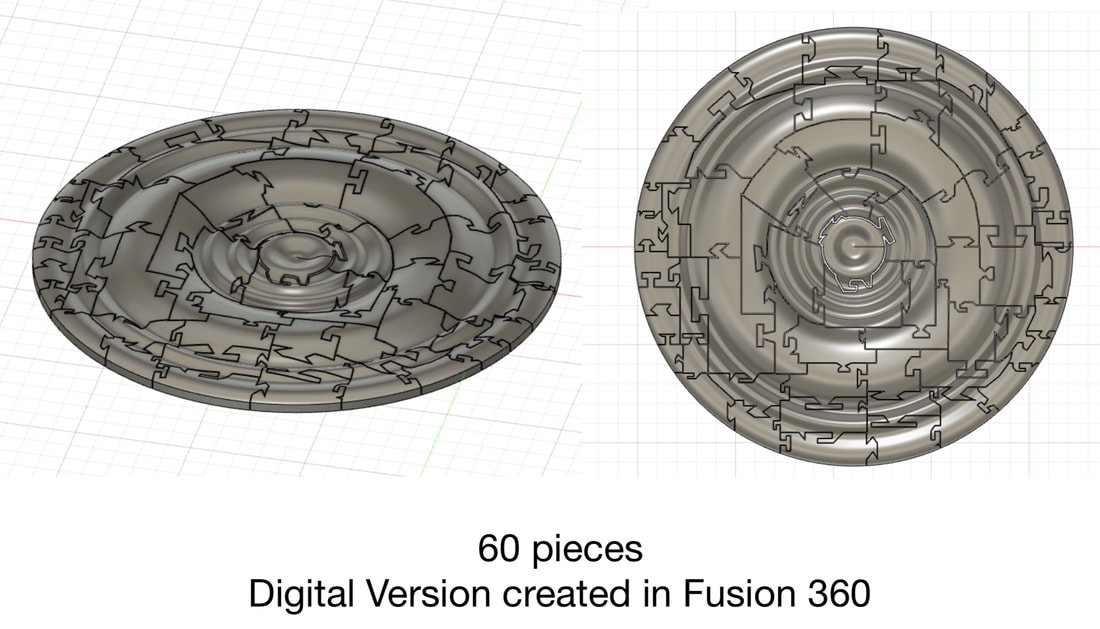
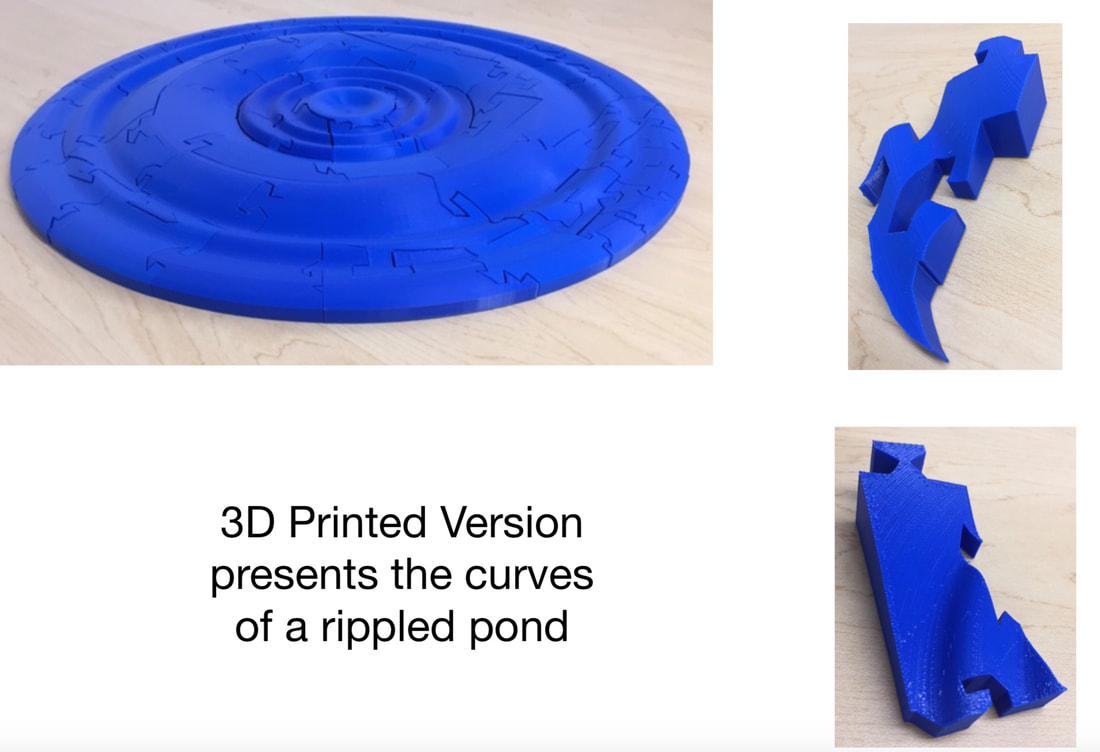
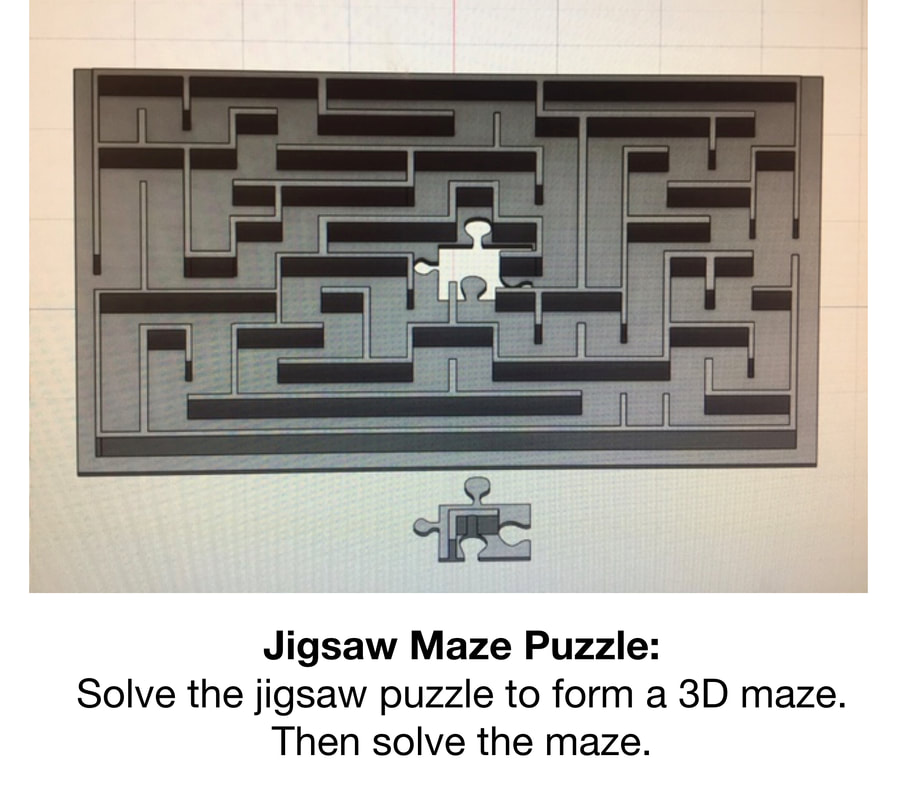
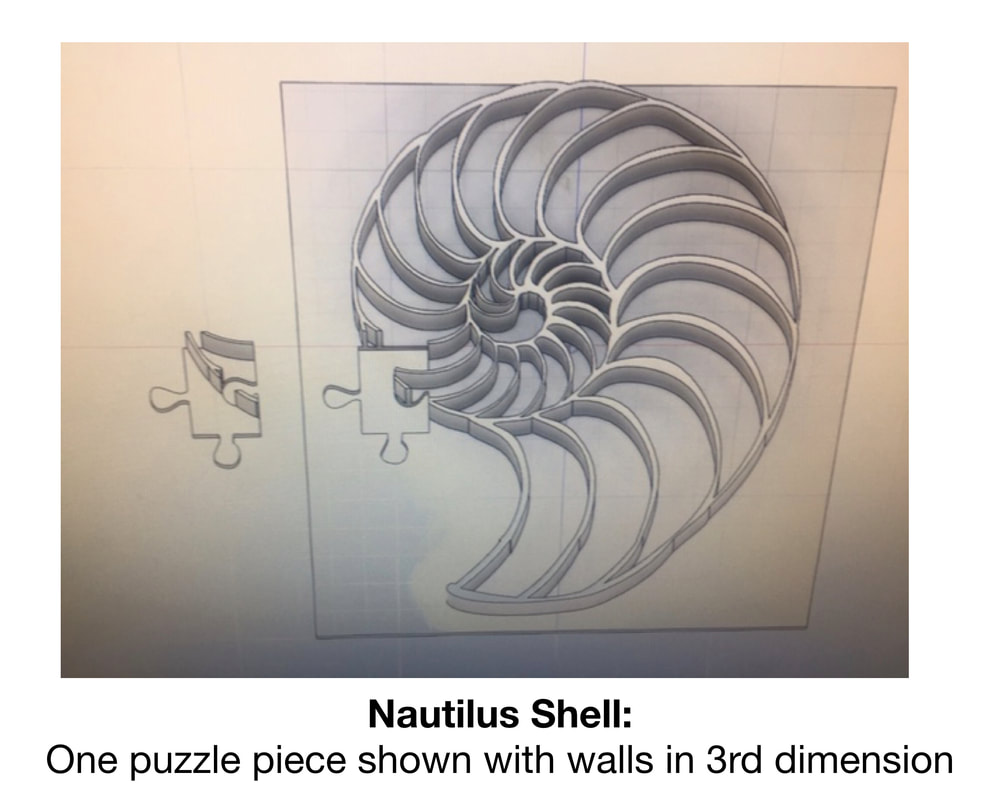
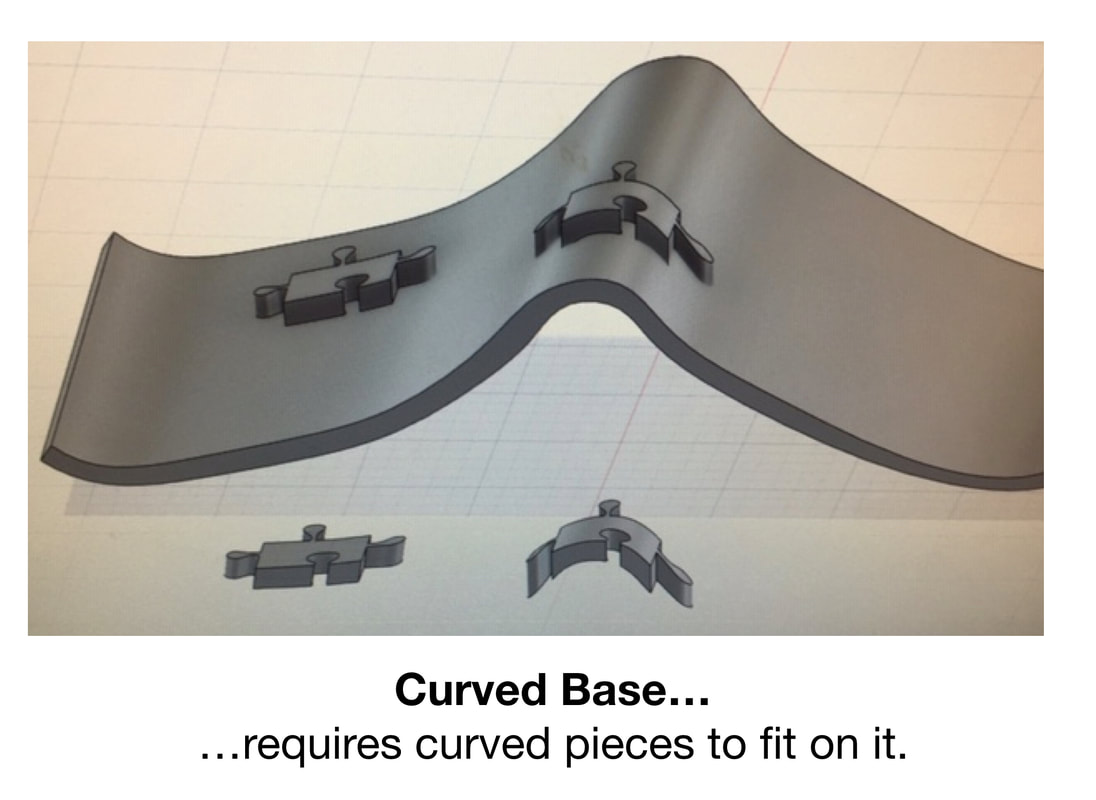
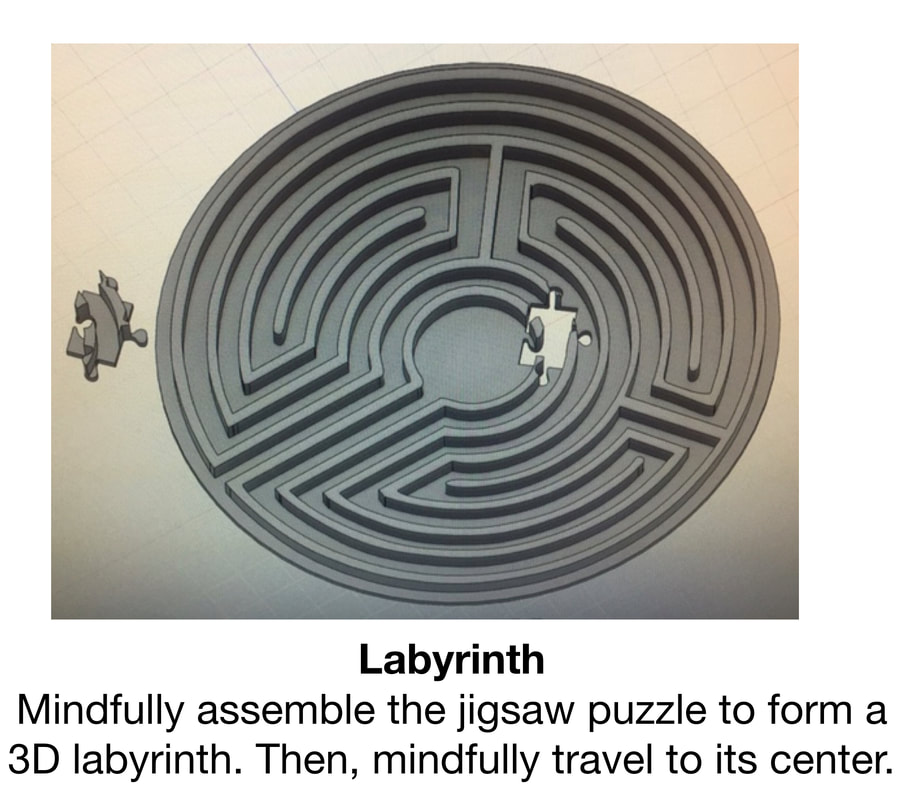
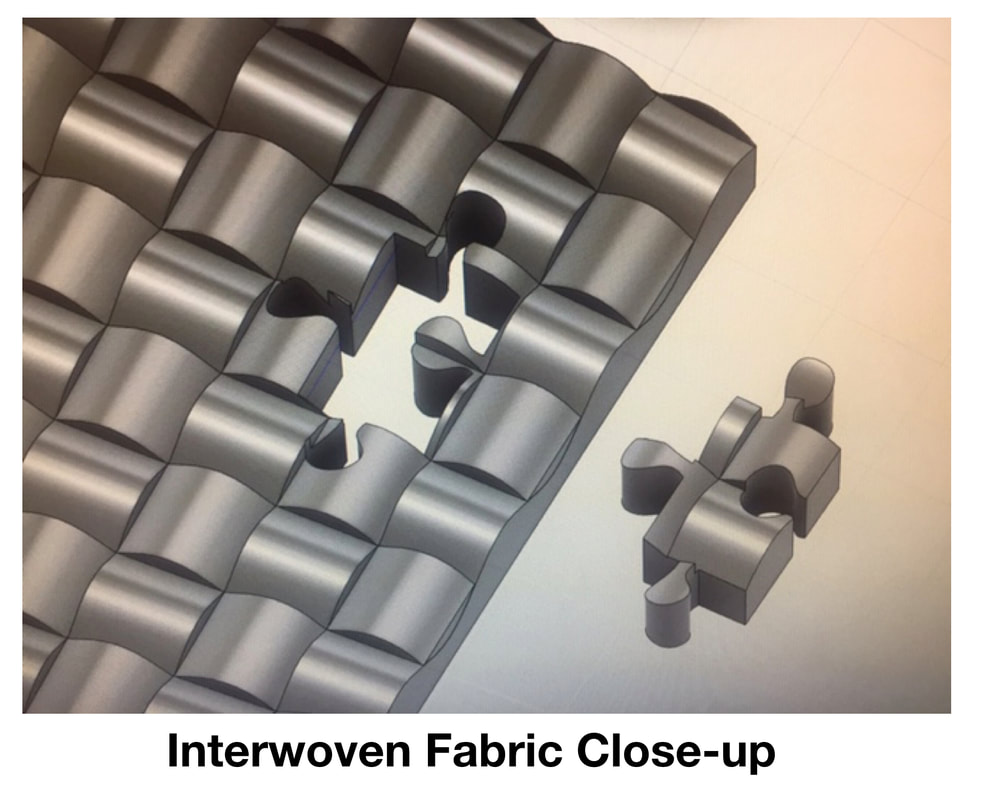
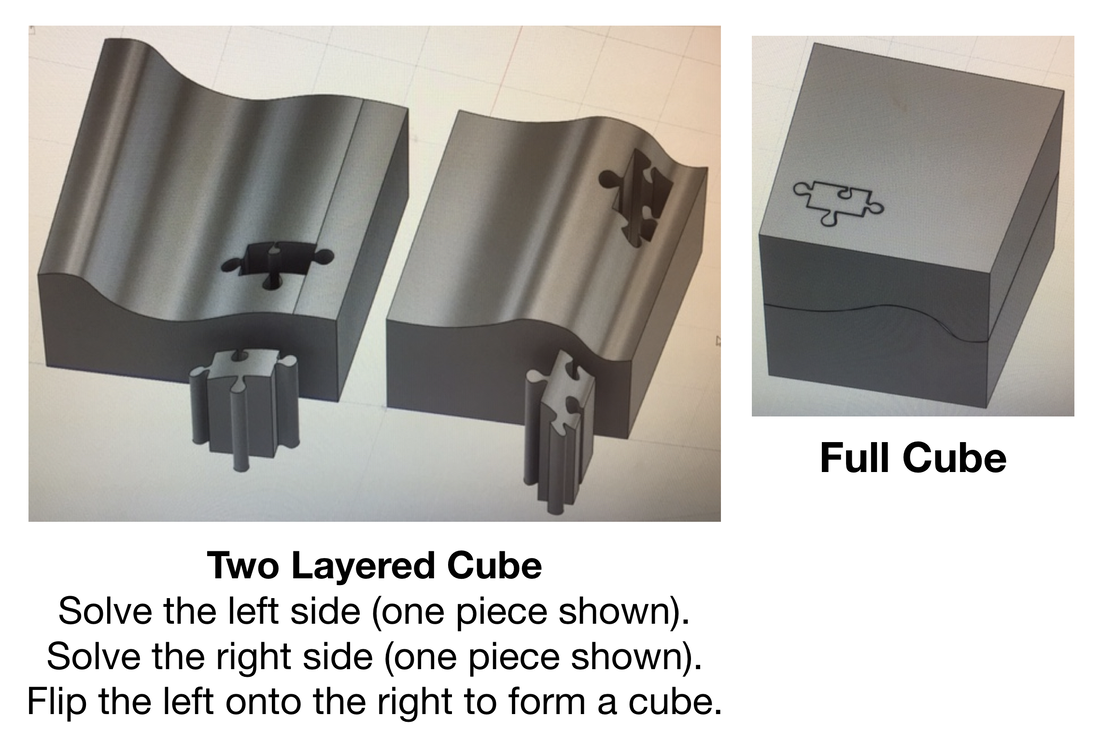
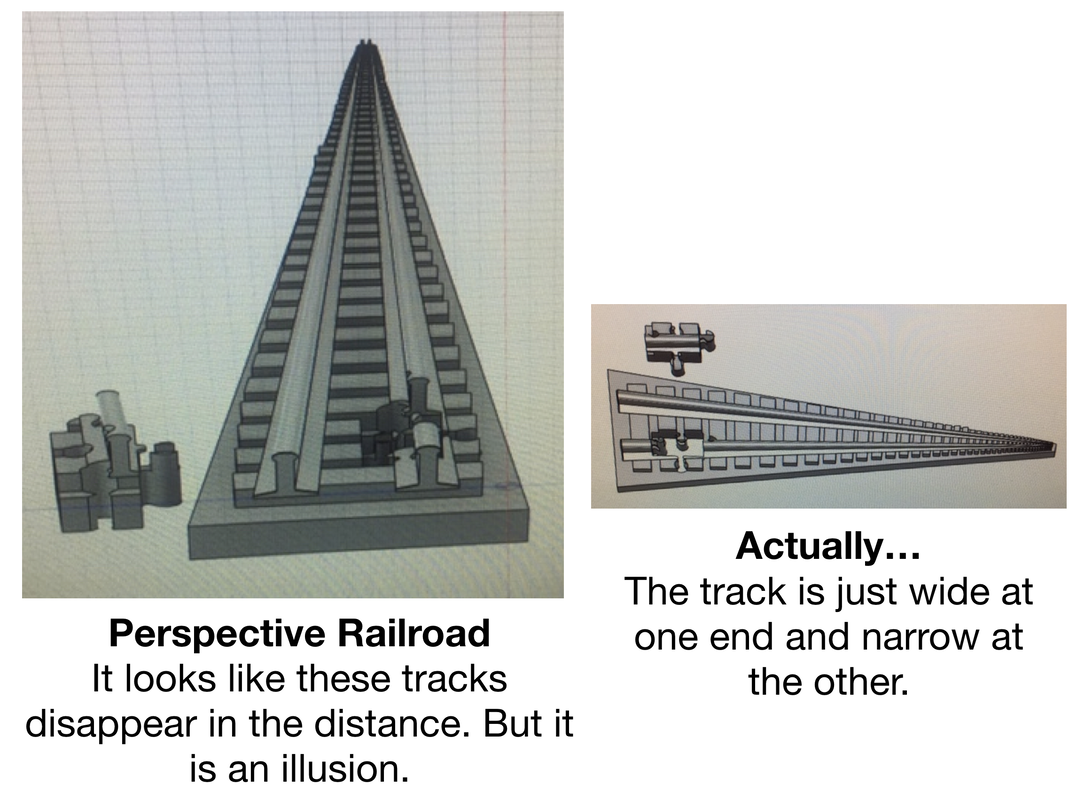
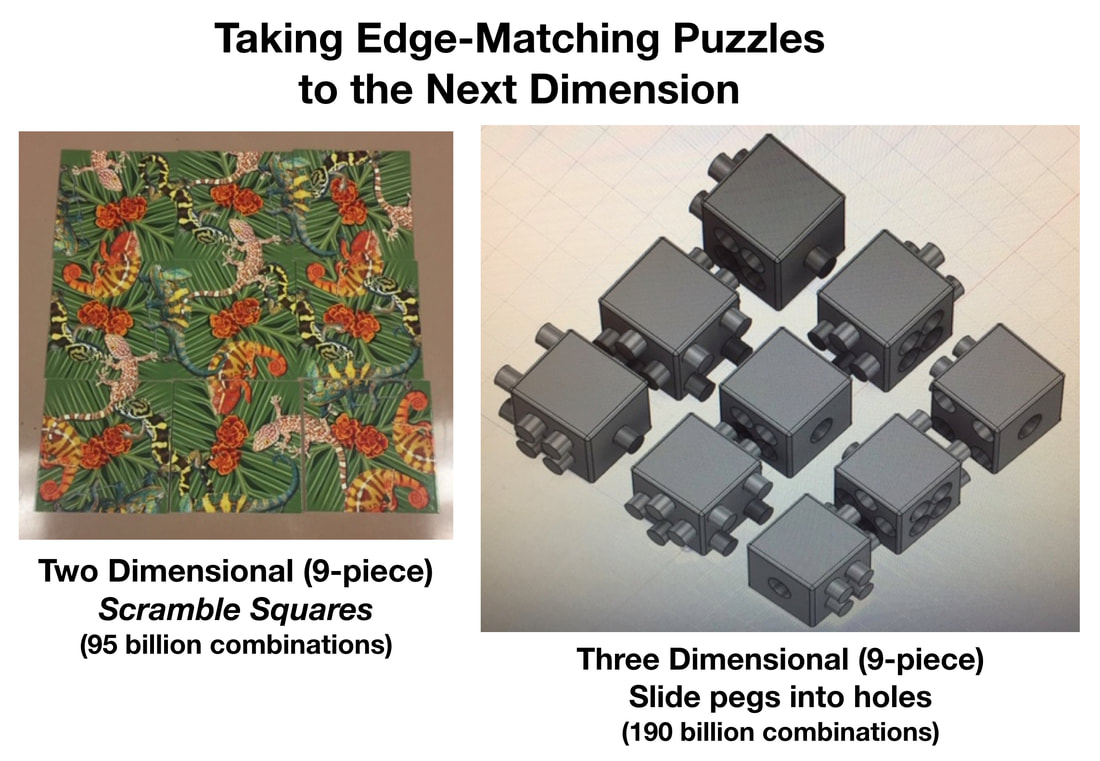
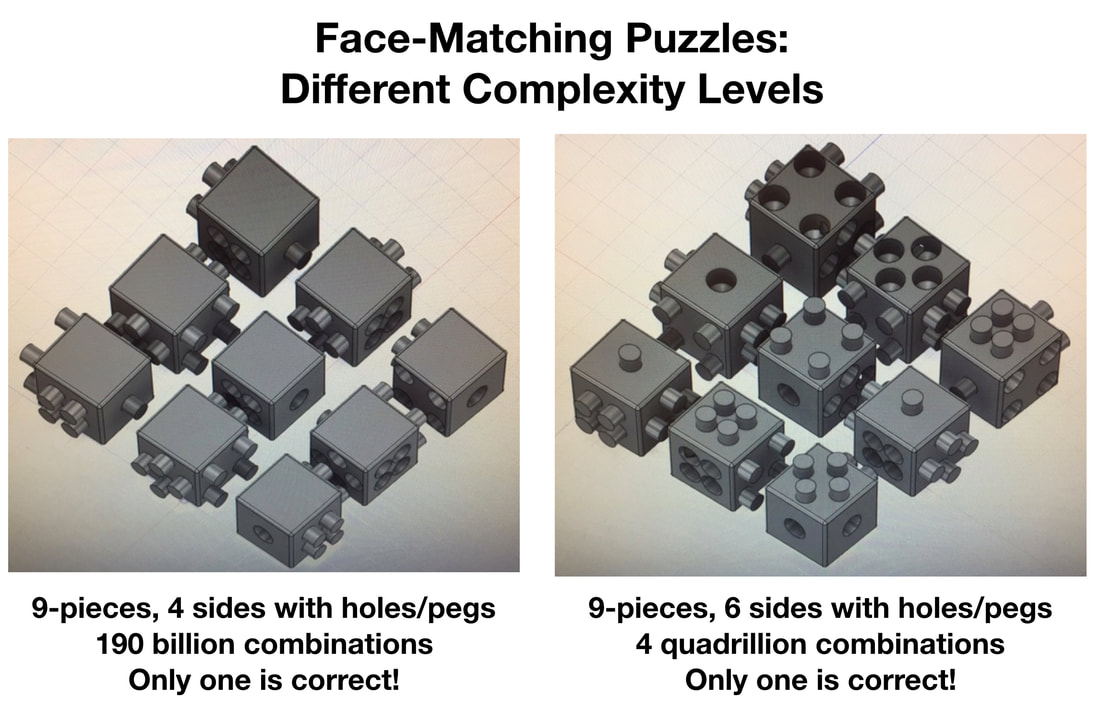

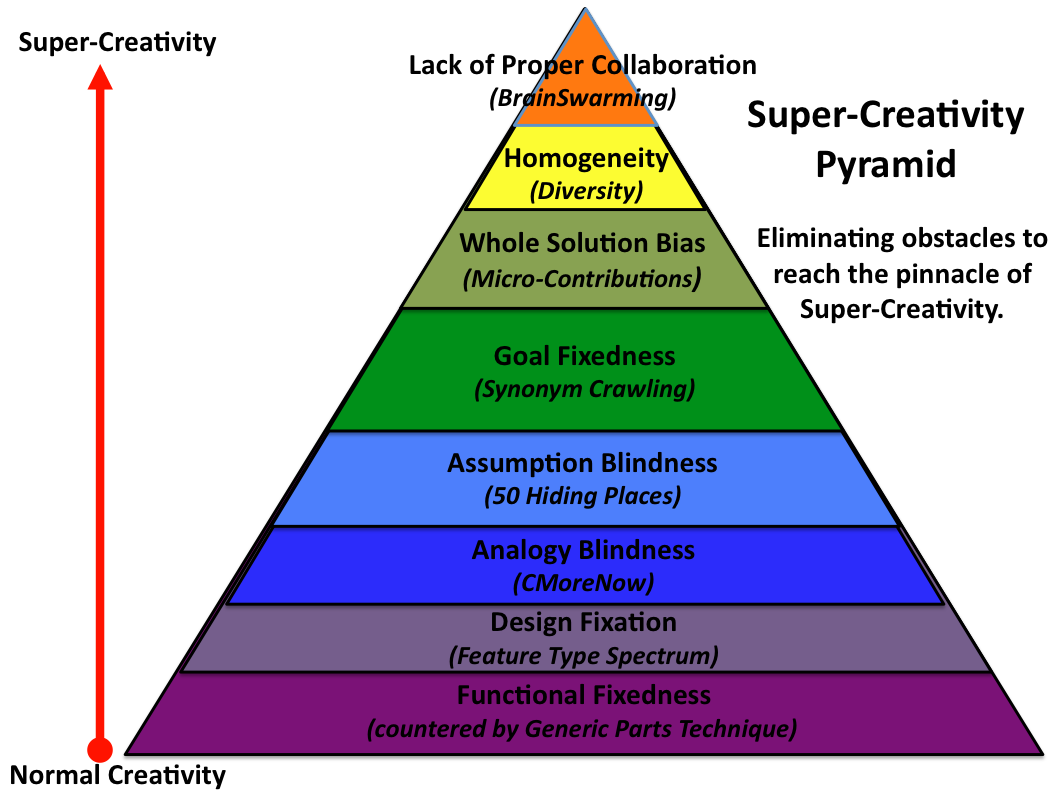
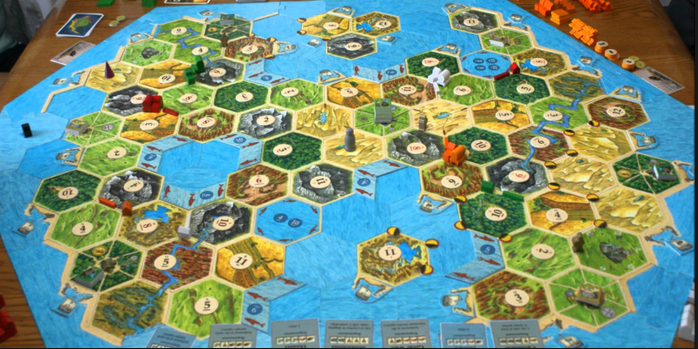

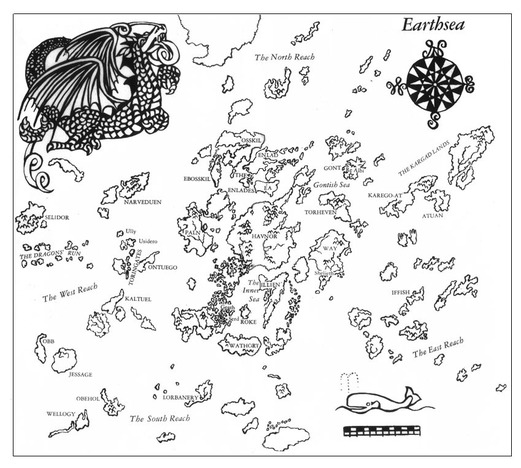
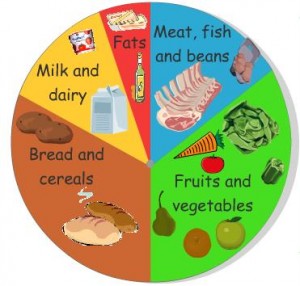

 RSS Feed
RSS Feed
